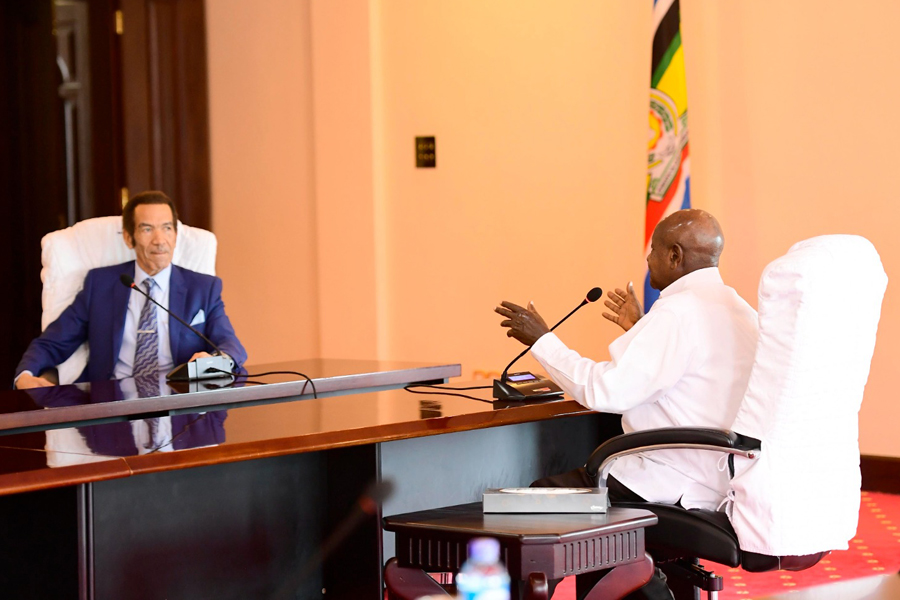Light Exercise Might Lessen Stroke Severity, Study Indicates
People who regularly engage in light tomoderate physical activity — like walking four hours a week orswimming two hours weekly — might have less severe strokes thanindividuals who aren't as active, a Swedish study suggests.
Researchers examined data on 925 patients who were treatedfor strokes at Sahlgrenska University Hospital in Gothenburg,Sweden, between 2014 and 2016. Overall, four in five of thesepatients had mild strokes.
Slightly more than half of the patients were inactive beforetheir strokes. Compared with this inactive group, people who got atleast some exercise before their strokes were twice as likely tohave mild strokes, researchers reported in Neurology.
"We knew from earlier research that physical activity couldreduce stroke incidence," lead study author MalinReinholdsson of the University of Gothenburg said by email. "However, whether or not pre-stroke physical activity couldalso influence stroke severity was not clear."
Patients in the study were 73 years old on average and mostof them had what's known as an ischemic stroke, the most commonkind, which occurs when a clot blocks an artery carrying bloodto the brain. About 6 percent of patients had hemorrhagicstrokes, a less common type that is caused by a ruptured bloodvessel in the brain.
Surveyed about exercise
To assess pre-stroke activity levels, researchers surveyedparticipants about the duration and intensity of any exercisethey got before they were hospitalized.
Researchers defined "light" activity as walking at aleisurely pace for at least four hours a week, and classifiedexercise as "moderate" intensity when people did things likeswimming, running or walking briskly for two to three hoursweekly.
Among 481 people who were inactive, 354, or 74 percent, had mild strokes.
For those who managed light physical activity, 330, or 86percent, had mild strokes.And among the 59 participants who got moderate intensityexercise, 53, or 90 percent, had mild strokes.
Age also mattered, with higher odds of a mild stroke foryounger people in the study.
The study wasn't designed to prove whether or how the amountor intensity of exercise might influence stroke severity.
Another limitation is that researchers relied on strokesurvivors to accurately recall their previous exercise habits,and memory is often compromised after a stroke.
Even so, the results add to evidence suggesting that anactive lifestyle can both lower the risk of stroke and reducethe chances that a stroke will be severe, said Nicole Spartano,co-author of an accompanying editorial and a researcher at BostonUniversity School of Medicine.
"Regular exercise helps the brain to maintain healthyarteries that have more complex networks," Spartano said byemail. "So when a blockage [stroke] happens in one area, theremay be another route to provide oxygen to the affected area."
Being physically active can also help prevent risk factorsfor stroke, like obesity, diabetes and high blood pressure, Spartano noted.
"This study is exciting because it suggests that you mightnot have to do a lot of intense exercise to see an effect,"Spartano said.













